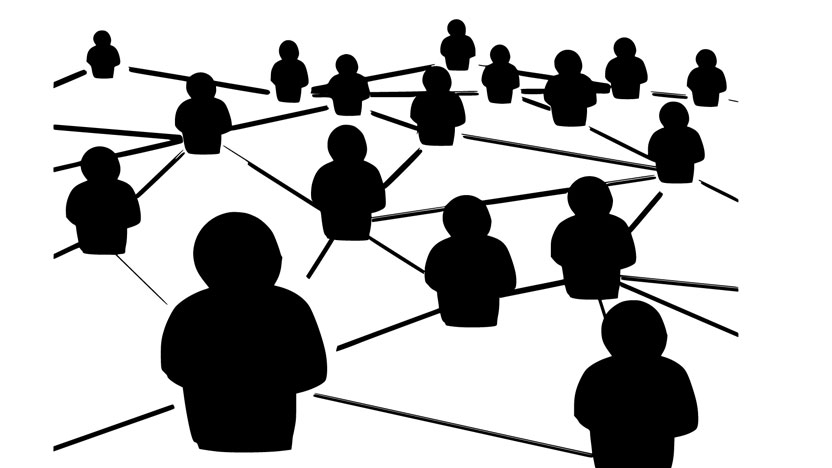Crowdsourced Political Violence: A Literature Review on How the Internet Embodies Leaderless Resistance and Empowers Lone Actors

One of the most significant challenges and changes in political violence in modern times is not necessarily ideological but structural.
The DHS and FBI identify lone offenders and small groups—particularly RMVEs, AGAAVEs, and HVEs—as persistent and lethal threats. Lone wolf attacks account for 93% of fatal terrorist incidents in the West in the past five years. These trends underscore how the Internet accelerates radicalization, connects lone actors to online communities, and provides logistical support. Traditional political violence emphasized group action and ideological coherence; in contrast, contemporary violence often involves lone actors addressing grievances outside formal organizations. The Internet democratized access to information, politicizes everyday life, and accelerates grievances into action. Leaderless resistance, revived by Louis Beam and embodied by groups like The Terrorgram Collective, helps explain this decentralized model. This literature review explores three dominant themes: 1) The Internet Enables Lone Actor Political Violence; 2) The Internet Reshapes Political Violence’s Structure; and 3) The Internet Embodies Leaderless Resistance Strategy. It concludes with future research directions, including applying the Cynefin Framework, revisiting U.S. counterinsurgency lessons, and integrating cybersecurity into COIN efforts to address internet-enabled political violence.
Read the full paper.
